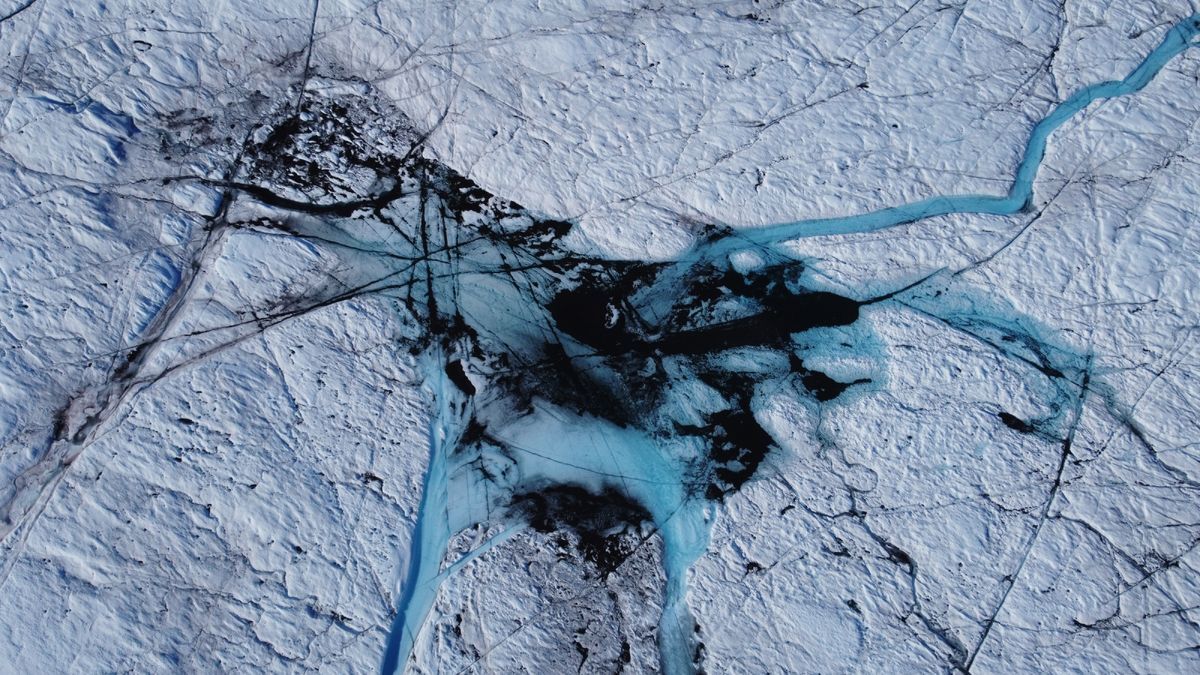- cross-posted to:
- worldnewsnonus@lemy.lol
- cross-posted to:
- worldnewsnonus@lemy.lol
The giant viruses might infect algae that are increasing Greenland’s ice melt. These viruses could help kill off the damaging algal blooms, helping to reduce some of the impacts of climate change.



Interesting. I’m curious of the time period of origin. Would it be possible that we have genetic immunity as part of our ~8% virus DNA?
Nope, sorry. That’s not how immunity works.
I’ve read that they’re investigating the possibility of it helping us fight modern viruses. Why wouldn’t it do the same for the original viruses, assuming they’re part of that 8%?
https://www.nih.gov/news-events/nih-research-matters/ancient-viral-dna-may-help-humans-fight-infections
The article you linked to is about suppressyn, an originally viral protein that’s been integrated in human DNA and is as far as I know only expressed in placenta. There suppressyn helps fight viral infections by competing with some families of viruses for the binding of a membrane receptor (ASCT2) that these viruses use as a way to recognize and attach themselves to target cells.
It seems NCLDV infects unicellular algae and protists, with at least some of the family members relying on phagocytosis by the host, and many of them displaying fibrils on their particles. And though the binding mechanisms probably differ between different viruses of the NCLDV family, I really doubt these host organisms express ASCT2.